Foam Inserts
Fabricated foam inserts are made from high-quality foam materials specifically selected for their shock-absorbing properties, protecting delicate and fragile items from damage.
Description
In the ever-evolving world of packaging, businesses are constantly seeking innovative solutions to ensure the safety and integrity of their products during transit. As industries expand and global shipping becomes more intricate, the demand for reliable protective packaging has never been greater. One such innovation that has risen to prominence is fabricated foam. This versatile material has become a cornerstone in protective packaging, offering unparalleled protection across a wide range of industries, from electronics and automotive to medical devices and consumer goods.
The Importance of Protective Packaging
Before diving into the specifics of fabricated foam, it is essential to understand the broader context of protective packaging. As products move through complex supply chains, they are exposed to various risks, including impact, vibration, moisture, and temperature fluctuations. Protective packaging is designed to mitigate these risks, ensuring that goods reach their destination in perfect condition. The consequences of inadequate protection can be severe, leading to damaged goods, increased return rates, and ultimately, customer dissatisfaction. Therefore, selecting the right protective packaging material is crucial for businesses aiming to maintain product quality and customer trust.
The Role of Fabricated Foam in Packaging
Fabricated foam has emerged as a leading solution in the protective packaging landscape, thanks to its unique properties. Unlike standard foam materials, which are produced in bulk and offer limited customization, fabricated foam is specifically designed and cut to meet the exact needs of a particular product. This level of customization ensures that every item, regardless of its shape, size, or fragility, receives the optimal level of protection.
The process of fabricating foam involves several techniques, including die-cutting, contour cutting, and CNC routing, which allow for the creation of intricate shapes and designs. This precision is particularly important for industries dealing with high-value or sensitive items, such as electronics or medical devices, where even minor damage can render a product unusable. By using fabricated foam, businesses can create custom inserts and cushioning that cradle their products, absorbing shock and preventing movement during transit.
Advantages of Fabricated Foam in Los Angeles, CA and the surrounding areas
One of the primary advantages of fabricated foam is its versatility. It can be engineered from a variety of foam types, including polyethylene (PE), polyurethane (PU), and expanded polystyrene (EPS), each offering different levels of density, flexibility, and resilience. This wide range of options allows companies to select the most suitable foam material for their specific needs, whether they require lightweight cushioning for delicate items or robust protection for heavy-duty equipment.
Moreover, fabricated foam is highly durable and resistant to wear and tear, making it an ideal choice for long-term use. Unlike other protective materials that may degrade over time, fabricated foam maintains its structural integrity, providing consistent protection over multiple shipping cycles. This durability is particularly beneficial for companies that engage in reverse logistics, where products are returned and need to be repackaged and shipped again.
Another significant benefit of fabricated foam is its environmental impact. Many foam materials used in fabrication are recyclable, and the precision cutting process reduces waste by ensuring that only the necessary amount of foam is used. This focus on sustainability is increasingly important as businesses and consumers alike become more environmentally conscious.
Applications Across Industries
The versatility of fabricated foam has led to its adoption across a wide range of industries. In the electronics sector, for example, fabricated foam is used to create custom inserts for sensitive components such as circuit boards, hard drives, and mobile devices. These inserts not only protect the items from physical damage but also provide electrostatic discharge (ESD) protection, which is crucial for preventing damage from static electricity.
In the automotive industry, fabricated foam is used to protect parts and components during manufacturing and shipping. This includes everything from delicate sensors and electronic modules to larger parts like engines and transmissions. The custom nature of fabricated foam ensures that even the most irregularly shaped items are securely protected.
The medical industry also relies heavily on fabricated foam for packaging and transporting sensitive instruments, devices, and pharmaceuticals. For example, fabricated foam can be used to create custom trays for surgical instruments, ensuring they remain sterile and secure during transit. Additionally, foam inserts are often used in packaging for diagnostic equipment and other high-value medical devices, where precision and protection are paramount.
The Future of Fabricated Foam in Packaging
As the demand for protective packaging continues to grow, so too does the innovation within the industry. Fabricated foam is at the forefront of this evolution, with advancements in material science and manufacturing techniques driving new possibilities. For instance, the development of bio-based and biodegradable foams is opening up new avenues for sustainable packaging solutions, reducing the environmental impact of protective packaging without compromising on performance.
Furthermore, the integration of digital design and manufacturing technologies is enabling even greater precision and customization in foam fabrication. Companies can now use 3D modeling and simulation software to design and test foam inserts before they are produced, ensuring a perfect fit and optimal protection from the outset. This digital approach not only enhances the efficiency of the fabrication process but also allows for greater flexibility in responding to changing product designs and packaging requirements.
Fabricated foam has established itself as an essential component of modern protective packaging, offering a unique combination of versatility, durability, and customization. Its ability to provide tailored protection for a wide range of products, coupled with its sustainability benefits, makes it a valuable asset for businesses across various industries. As the packaging industry continues to innovate, fabricated foam is poised to play an increasingly important role, helping companies protect their products, reduce waste, and meet the evolving demands of the global market. Whether in electronics, automotive, medical, or any other sector, fabricated foam is proving to be an indispensable solution in the quest for superior protective packaging.
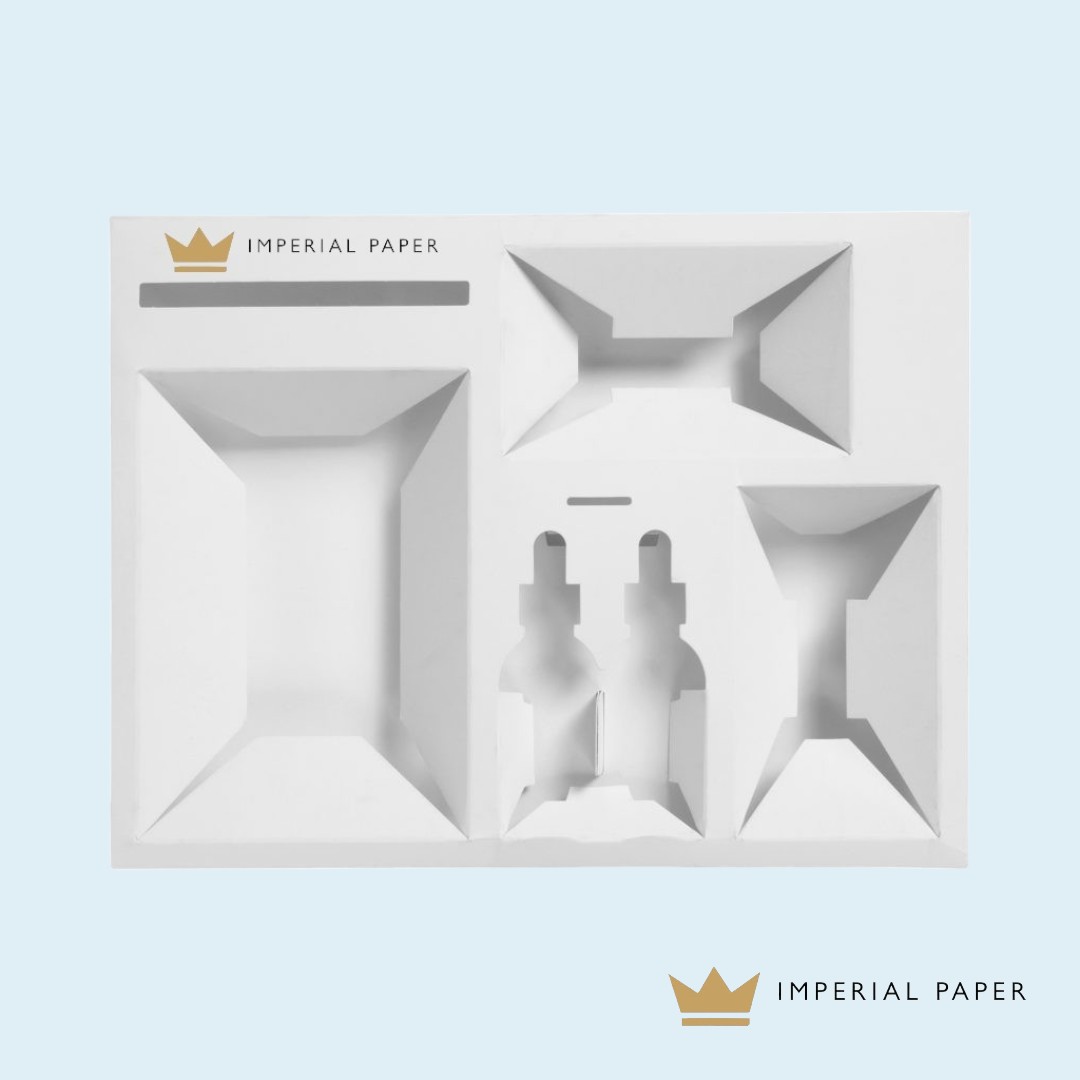
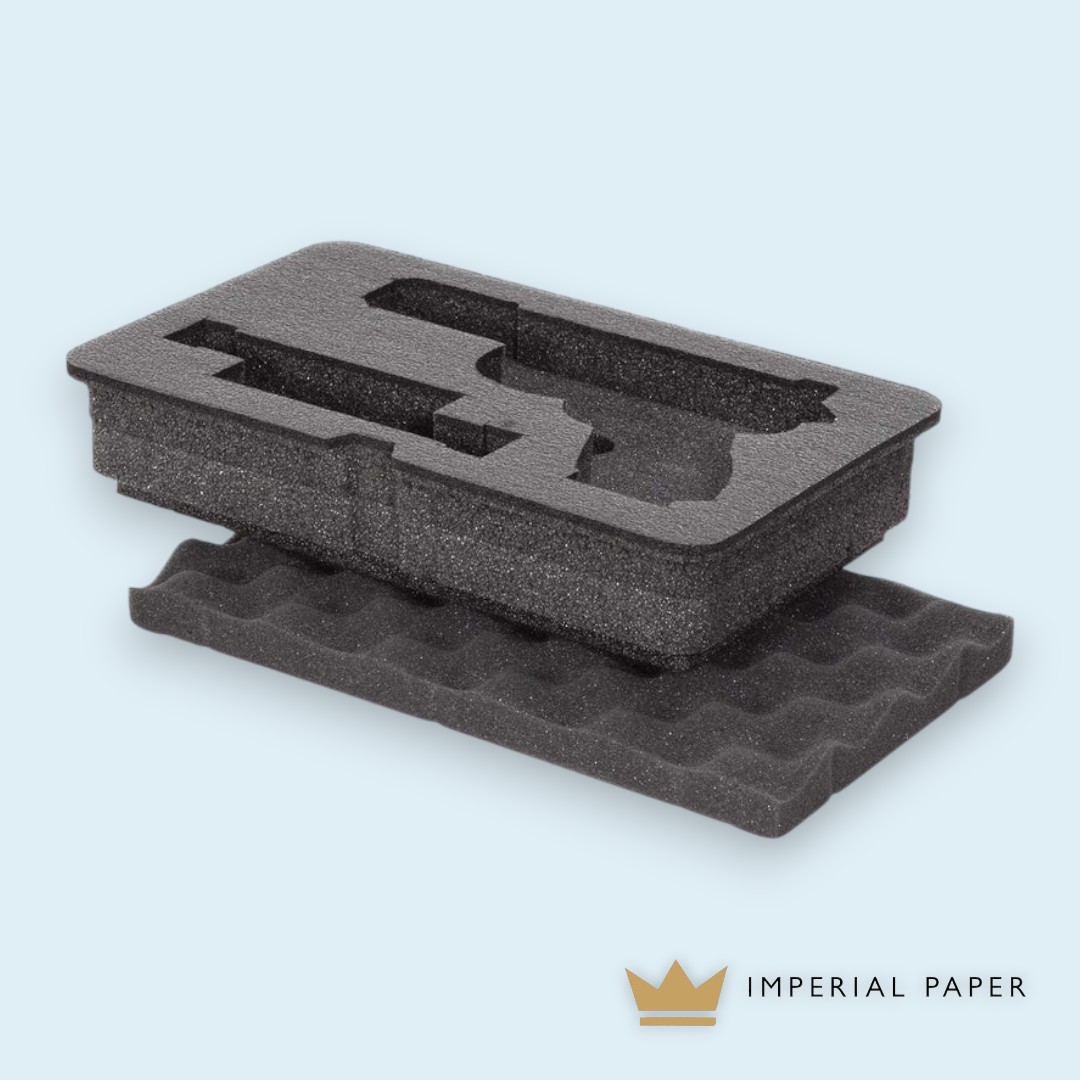
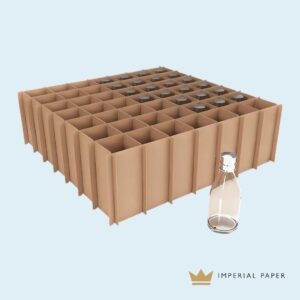
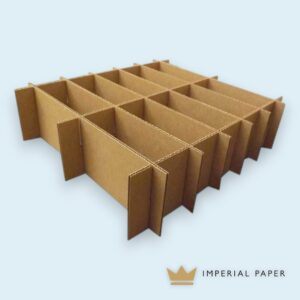
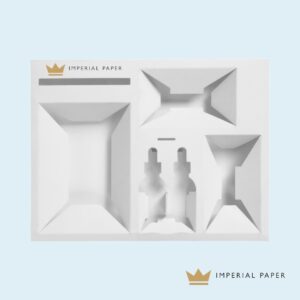
Reviews
There are no reviews yet.